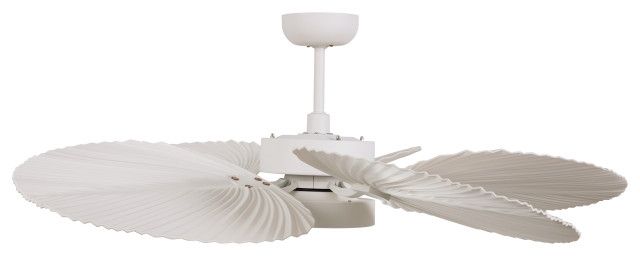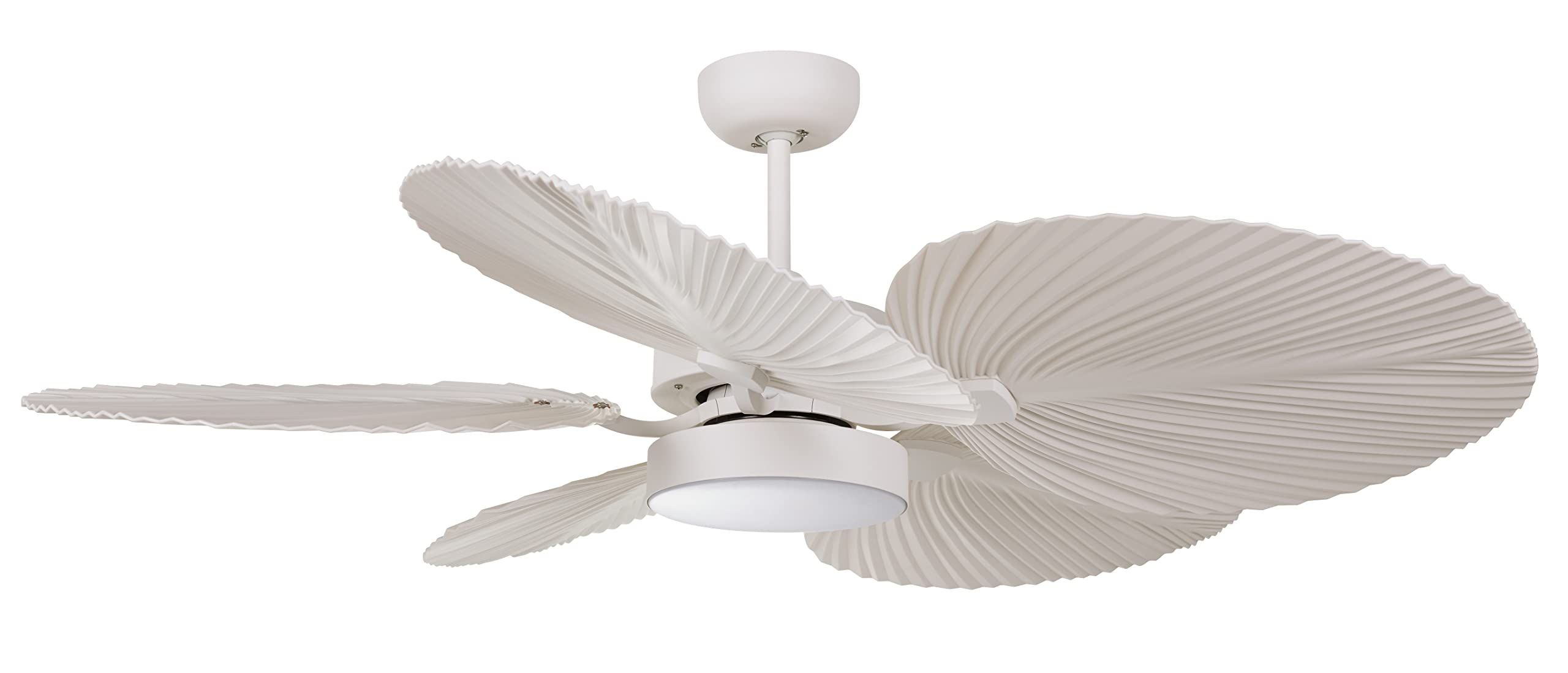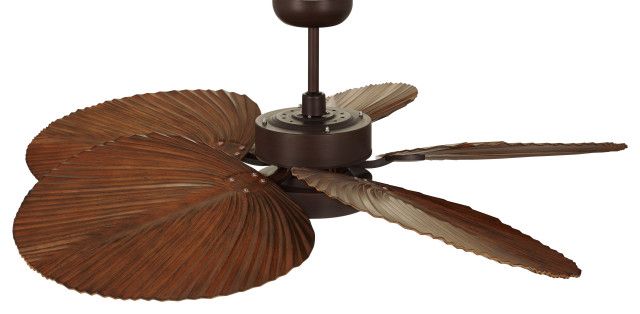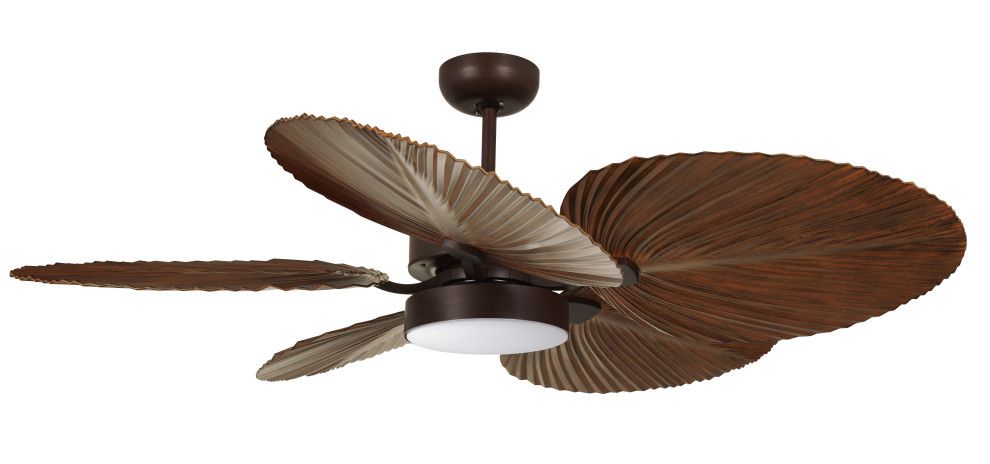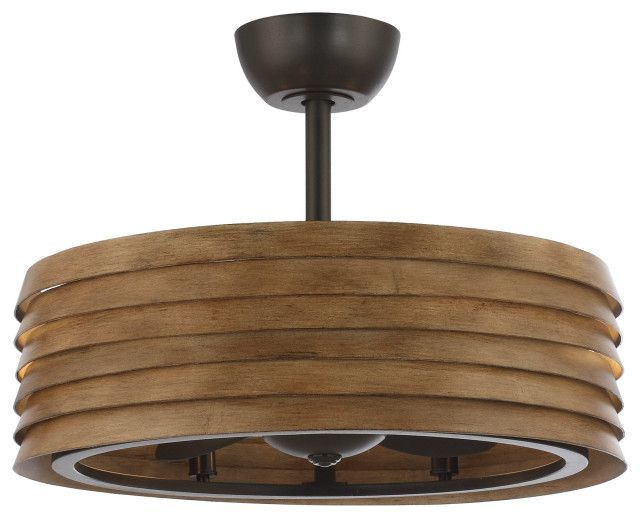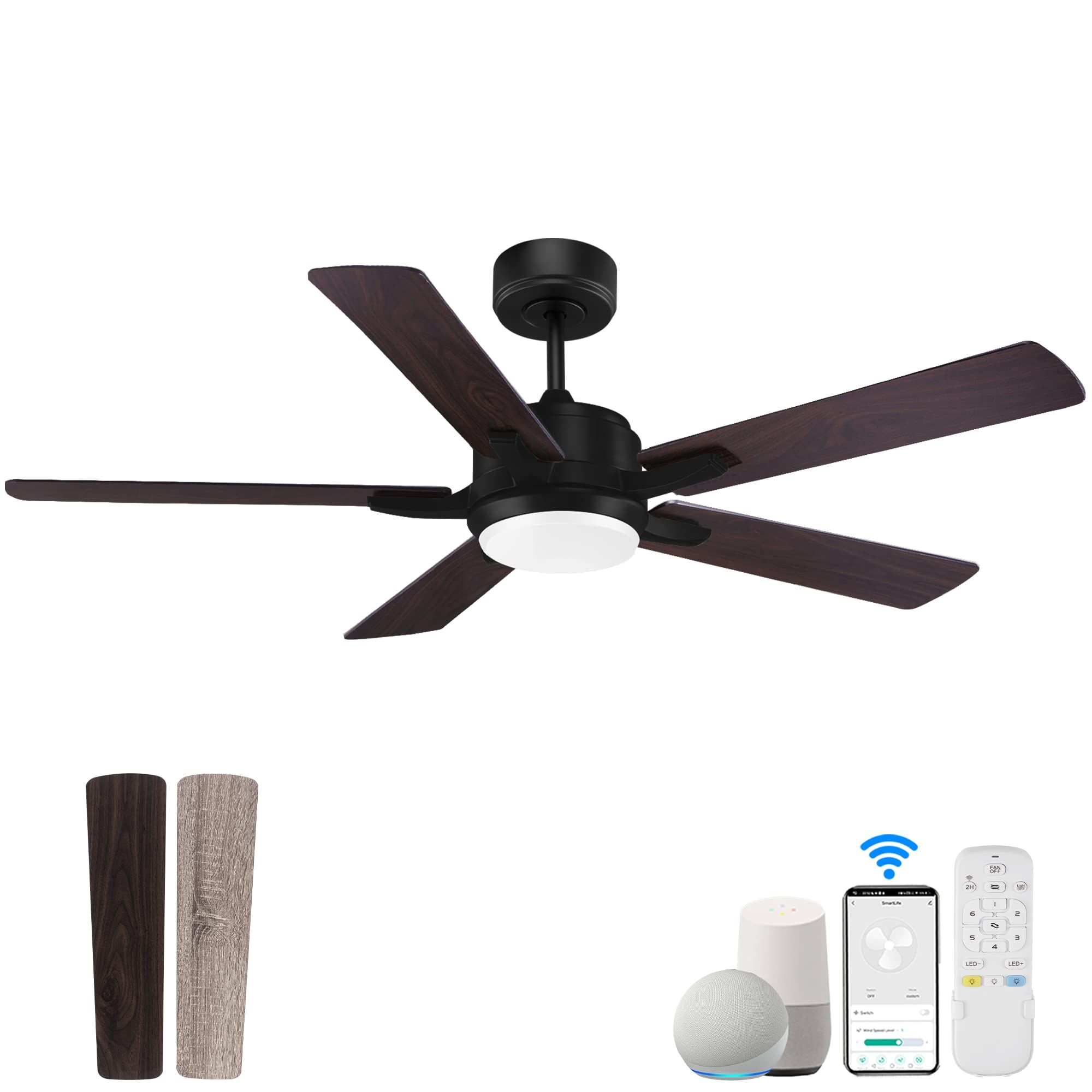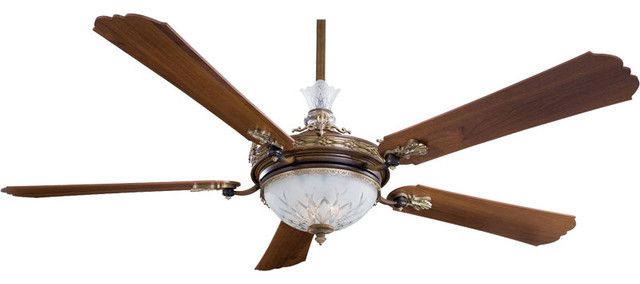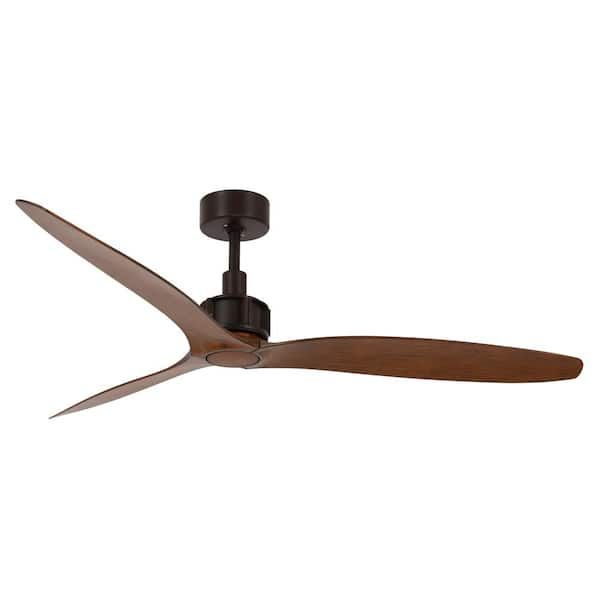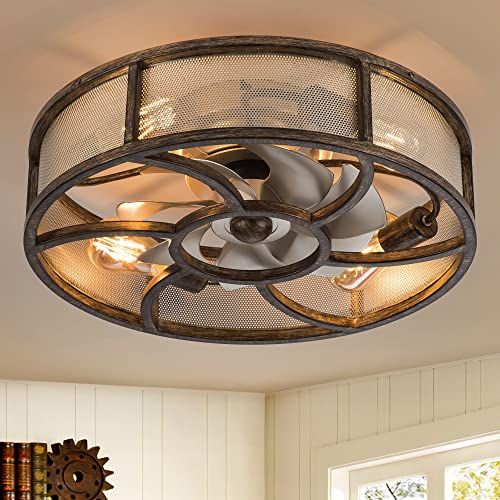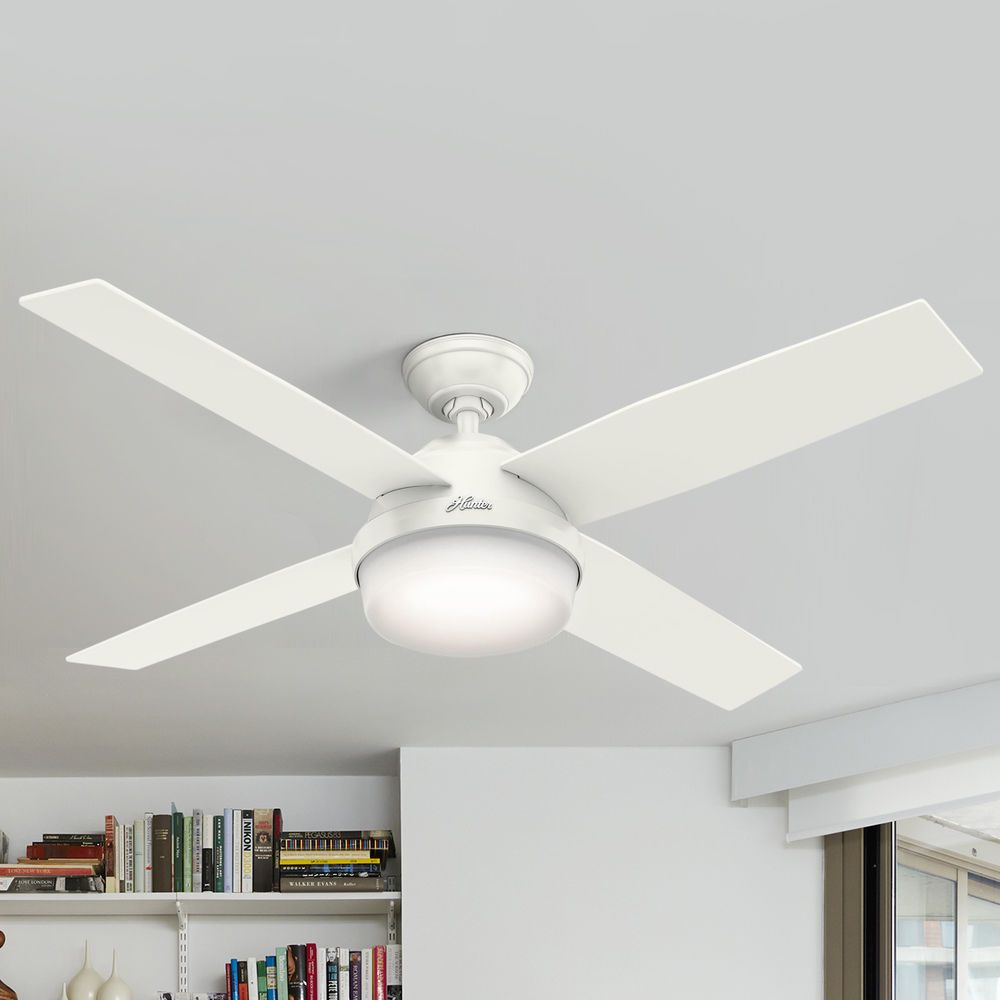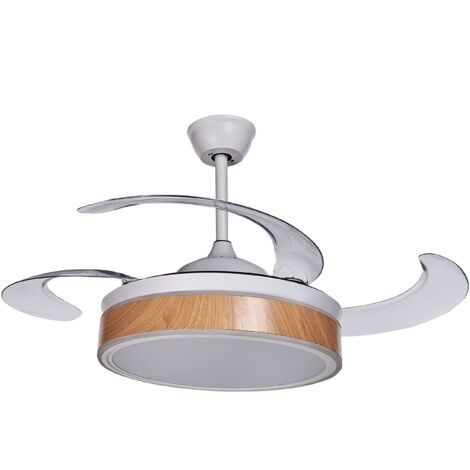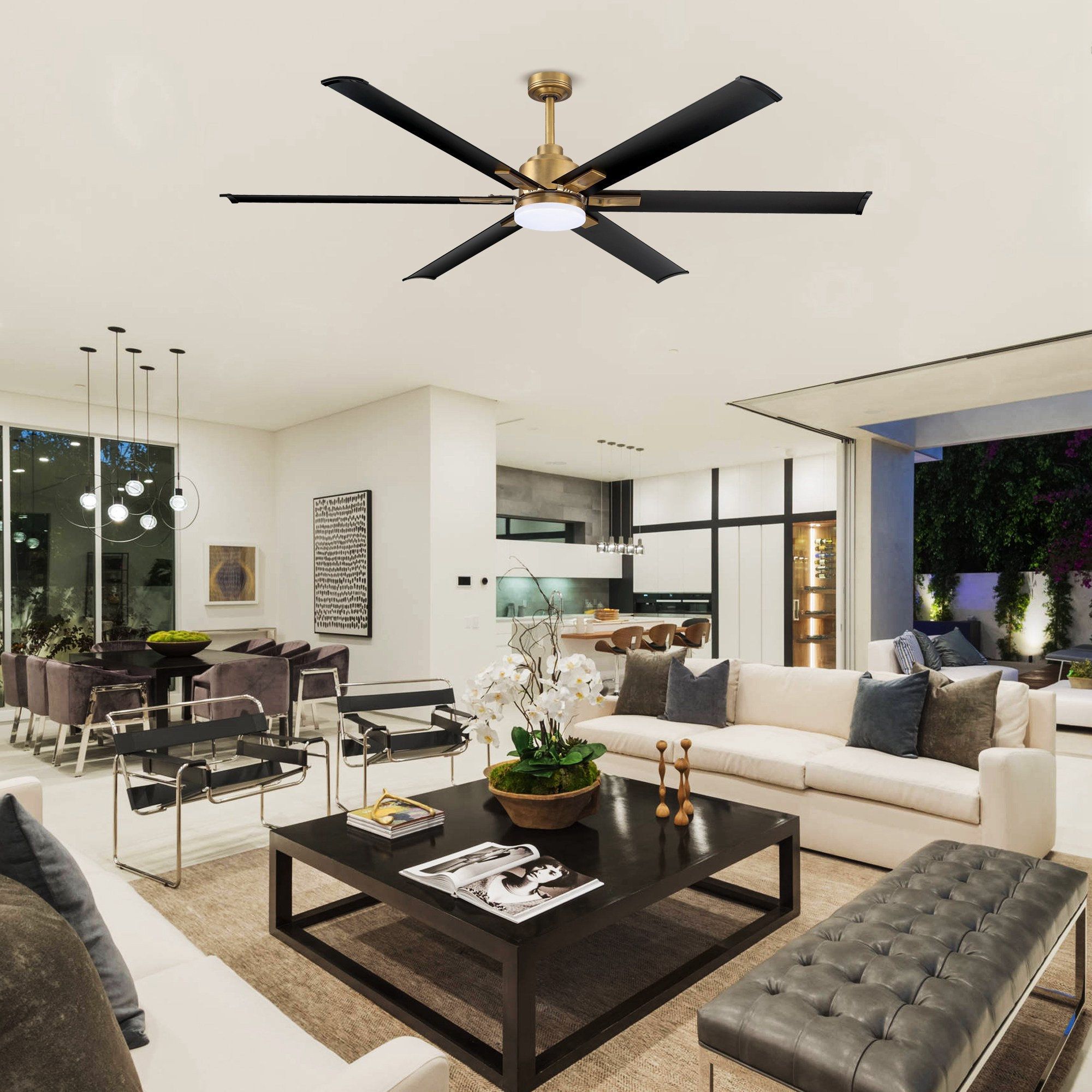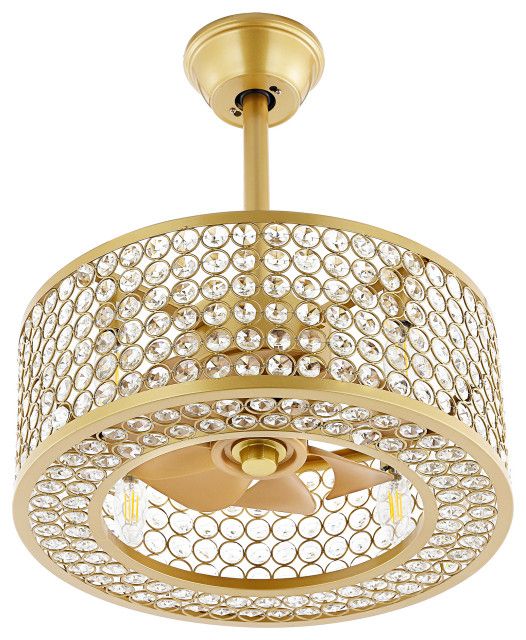Hey everyone, it’s your friendly neighborhood fan guru here, back with some advice on keeping your space breezy. Today, we’re diving deep into the world of the Lucci Air Bali ceiling fan. These are beautiful fans, adding style and function to any room, but even the best sometimes throw a curveball. No need to panic – we’re going to troubleshoot some common problems and get your fan spinning like new. Let’s get started, shall we?
The Lucci Air Bali ceiling fan is a popular pick for a reason: its stylish design and effective airflow. But, like any electrical appliance, it’s not immune to issues. From the fan not working at all to the light flickering, these problems can be frustrating. This guide is designed to arm you with the understanding to diagnose and fix many of these problems yourself, saving you time and possibly money. We’ll walk through some of the most typical issues, offering clear, actionable steps to get your fan back in tip-top shape. Remember, safety first – always turn off the power before working on electrical devices.
Fan Not Spinning: The Obvious Checks
Let’s start with the most obvious. Is the power on? Sounds silly, I know, but it’s the first thing to check. Make sure the wall switch that controls the fan is flipped, and that the circuit breaker hasn’t tripped. Next, inspect the remote control (if your fan has one). Are the batteries fresh and properly installed? Try replacing them to eliminate this as a cause. Also, many fans have a reverse switch (usually on the motor housing). Double-check that this switch is not set in the middle position (which can sometimes prevent the fan from starting) and is set for the direction you want the blades to spin. One more thing: is the fan’s pull chain (if it has one) set to the ‘on’ position?
Remote Control Woes: Pairing and Functionality
If your Lucci Air Bali fan has a remote, it’s a lifesaver… until it doesn’t work. The most common issue is the remote not pairing with the fan. Each fan and remote has a unique code, and they need to sync up. Here’s how to try and fix this: First, turn off the power to the fan at the breaker. Wait a few seconds, and then turn the power back on. Within about 30 seconds, press the ‘learn’ or ‘pair’ button on the remote. You might need to consult your fan’s manual for the precise button location and the correct sequence. If that doesn’t work, try resetting the remote and the receiver unit in the fan (again, refer to the manual). Sometimes, interference from other devices can also be a problem. Try moving the fan or remote away from other electronics to see if that helps.
Fan Speed Problems: Why Isn’t It Working Right?
Is the fan spinning, but not at the speed you expect? This could be due to a few reasons. First, check the remote settings. Is the fan speed set correctly? Secondly, check the pull chain (if your fan has one). Sometimes, the chain can get stuck or become tangled. Third, inspect the motor. If the fan is running slowly, the motor may be overheating. If you smell a burning odor, turn off the fan immediately and call a qualified electrician. Fourth, consider the type of blades you have. Some blades are designed for maximum air movement, while others prioritize a more subtle airflow. Make sure the blades are securely attached and that the fan is installed at the correct height for your room size.
Light Kit Issues: Flickering and Failure
A flickering light can be annoying. Often, this is a simple fix. First, make sure the light bulbs are properly screwed in. Loose bulbs are a common culprit. Also, check the type of bulbs you are using. Your fan’s light kit might only be compatible with certain types of bulbs (e.g., LED). Using the wrong type of bulb can cause flickering or even damage the light kit. Check the light kit’s wiring. Loose connections can cause flickering. Make sure the wires are securely connected. If the light kit is completely dead, it could be a bulb issue, a wiring problem, or a faulty light kit module. It’s always a good idea to have an electrician check this out if you’re unsure or uncomfortable working with the wiring.
Strange Noises: What’s That Sound?
Ceiling fans, when running smoothly, should be relatively quiet. If your Lucci Air Bali fan is making unusual noises, it’s time to investigate. First, make sure all screws are tightened. Vibrations can loosen screws over time, causing rattling or humming sounds. Second, check the fan blades. Are they balanced? Sometimes, a slightly unbalanced blade can cause the fan to wobble and make noise. Many fans come with a balancing kit (check your manual). If you don’t have one, you can buy one at most hardware stores. Third, listen to where the noise is coming from. Is it from the motor housing? This might indicate a problem with the motor bearings, and you may need to contact a professional. Finally, is something caught on the fan blades, like a piece of paper or a loose wire? Always turn off the power before inspecting the blades.
When to Call for Help: Knowing Your Limits
While many issues can be resolved with some basic troubleshooting, there are times when you should call a professional. If you’re uncomfortable working with electrical wiring, always call an electrician. If you smell burning, turn off the fan immediately and seek expert assistance. If you’ve tried the basic troubleshooting steps and the fan still isn’t working correctly, it’s probably time to call a qualified technician. Don’t be afraid to ask for help; it’s always better to be safe than sorry. Remember, safety is paramount. If in doubt, consult a professional.
So, there you have it – a comprehensive guide to troubleshooting common problems with your Lucci Air Bali ceiling fan. By following these steps, you can often diagnose and fix issues yourself, saving you time and money. Remember to always prioritize safety and consult a professional when needed. I hope this helps you keep your space comfortable and breezy. Now, go forth and conquer those fan problems. Stay cool, everyone.
